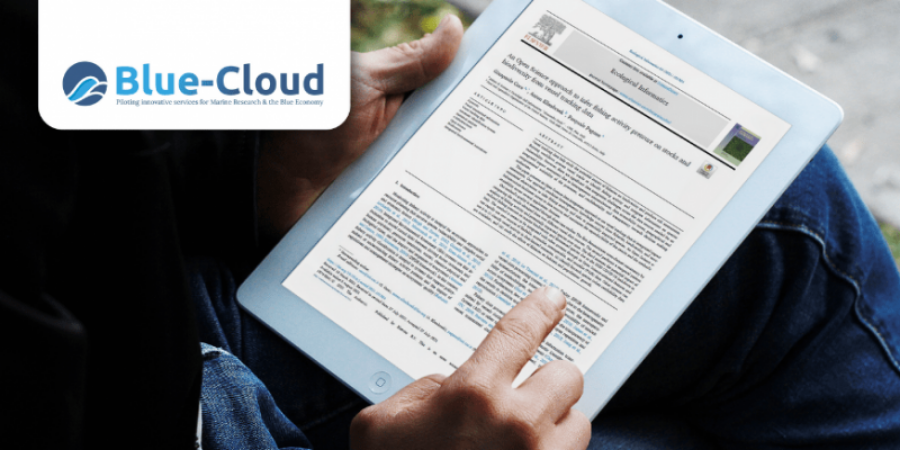Implementing Open Science approaches in marine research: Blue-Cloud article published in Ecological Informatics

Using Blue-Cloud services to implement Open Science approaches in marine research
The design and operation of analytical data services in marine environmental science is a complex and computationally intensive task. Some common problems are data that are difficult to find and access, complex data processing steps for want of a single environment, and metadata records that are incomplete, if they are even provided. Data are often collected at widely different scales and time-intervals and published under a variety of formats.
Blue-Cloud services are particularly suited to overcome many of these issues, and CNR-ISTI established a workflow across data services with FAO to provide feedback and analyzing results.
A recent paper, included in Volume 64 of Ecological Informatics, shows how Blue-Cloud services can boost Open Science in the marine domain. The article describes how Blue-Cloud services, and especially the D4Science technology behind, were used to implement an Open Science integration approach for marine research based on FAIR vessel tracking data, biodiversity, and environmental data. The intent of the experiment was to infer the impact of fishing activity and potential risks to species by assessing fishing activity in species habitats.
The approach was also used to assess the impact of reduced Italian fishing activity during the 2020 lockdown in terms of hours fishing per habitat.
From this experiment, the authors do not want to draw strong scientific conclusions regarding the fishing activity related impact, but from the data perspective, the experiment was successful, and shows the promise of e-Infrastructure based data analytics. The approach was further demonstrated in three brief use cases to show consistency in data and results reliability and applicability to similar applications of Open Science.
